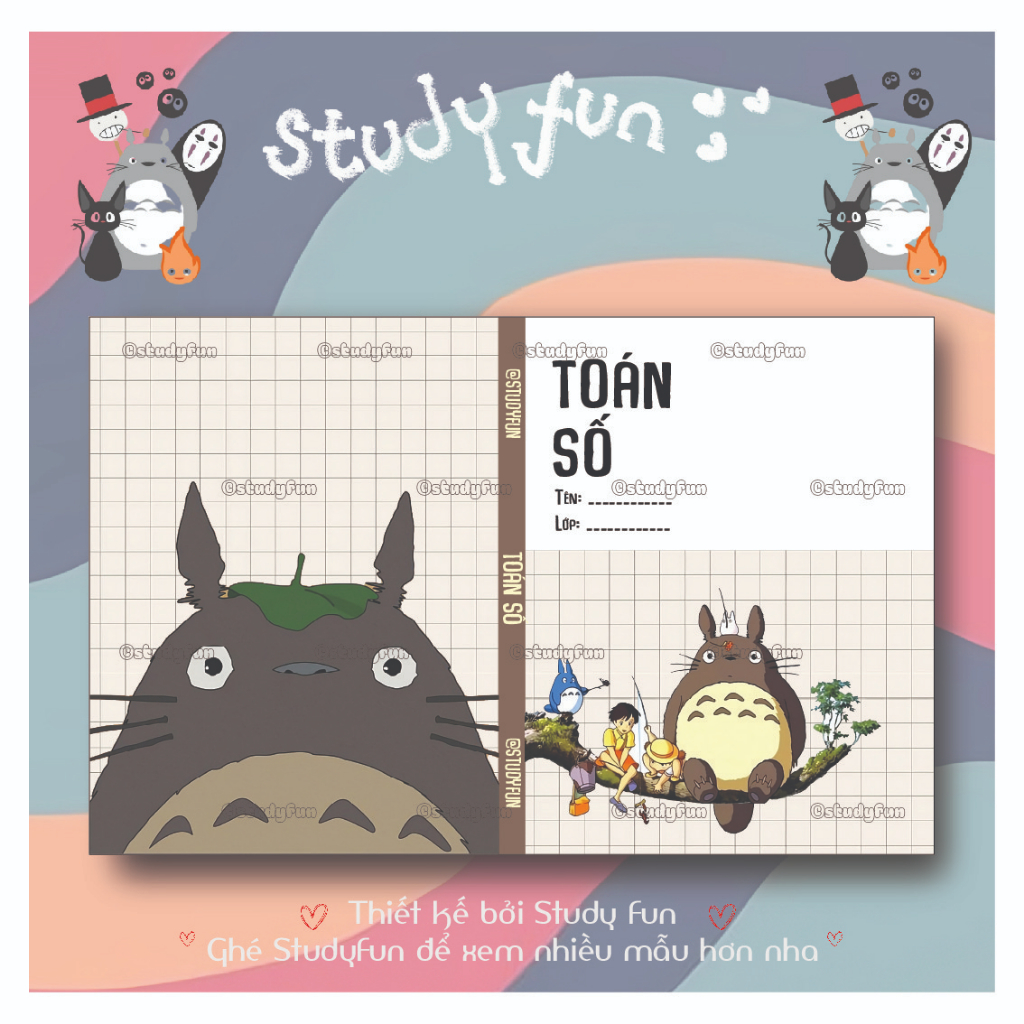0 SearchResultsFor : Công_nghiệp_hóa_tại_Trung_Quốc
0 địa điểm search_results_for: Công_nghiệp_hóa_tại_Trung_Quốc
Wiki --> Công_nghiệp_hóa_tại_Trung_Quốc
Premium Component
Có thể bạn thích
Có thể bạn thích
 GIẢM
20%
GIẢM
20%
140.000 ₫
175.000 ₫
 GIẢM
38%
GIẢM
38%
50.000 ₫
80.000 ₫
 GIẢM
29%
GIẢM
29%
50.000 ₫
70.000 ₫
 GIẢM
13%
GIẢM
13%
6.500 ₫
7.500 ₫




